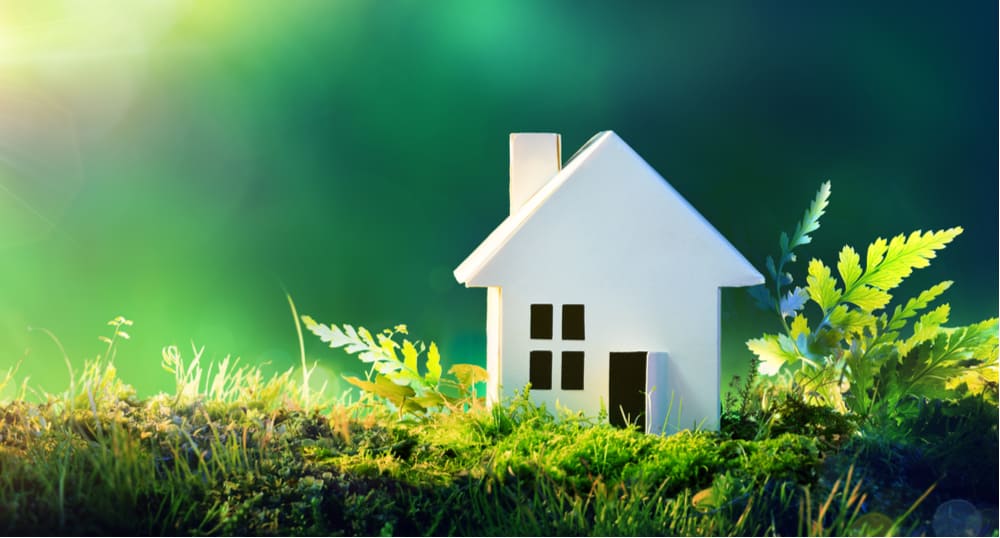By increasing the entry level SAP rating requirement to 88 from 85, Ecology aims to support the construction of the most energy efficient buildings.

Ecology Building Society has raised the entry criteria for its range of green mortgages for self and custom-build.
The sustainable lender has increased the minimum energy rating level - or Standard Assessment Procedure (SAP) rating - for self-build applicants to achieve when their build is completed to 88.
By increasing the entry level to 88 from 85, Ecology aims to support the construction of the most energy efficient buildings.
Building Regulations require that a SAP calculation and a predicted ‘On construction’ Energy Performance Certificate (EPC) is submitted for new dwellings prior to building work commencing.
Ecology reported that it began the year with its strongest ever pipeline of lending for low impact homes, and that it is continuing to work with potential borrowers, signposting them to sources of help to improve their build quality to meet the new standard.
Ecology’s self-build mortgage starts with an initial rate of 4.15% while the construction works are underway.
On completion of the building works, borrowers are eligible for a discount of up to 1.25% based on the Energy Performance Certificate (EPC).
This Sustainable Homes version of Ecology’s range of C-Change discounts is designed to incentivise borrowers to build their home to a better energy efficiency rating, leading to a long-term saving in both energy and borrowing costs.
For homes built to the Passivhaus standard, an enhanced discount of 1.25% is applicable on completion of the works with a resulting variable rate of 2.90% for the remaining term of the mortgage.
Daniel Capstick, mortgage manager at Ecology Building Society, said: “Now more than ever it’s important that lenders play an active role in a sustainable recovery, helping to build back better.
“We’ve been leading the way on green mortgages for 40 years and we hope that the changes to our lending criteria will result in our borrowers building more energy efficient homes, which is critical in the fight against climate change.”



